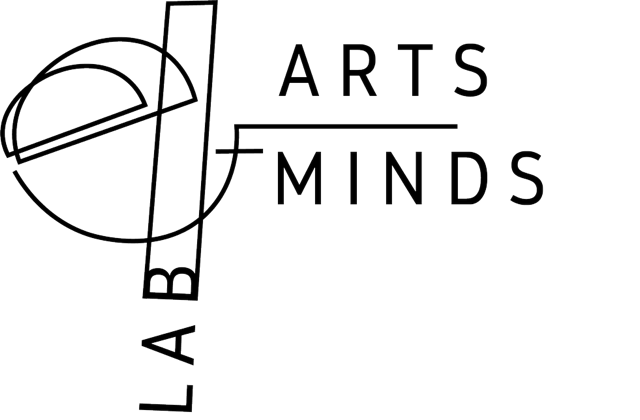Complexity in Architecture
“Public space has a near-mythical standing in democratic culture and for good reason, It is perceived however vaguely, as essential infrastructure for human flourishing and well-being...”
Urbonas et al. 2017; Public Space: Lost and Found
The psychology and neuroscience of architecture has become more important in recent years (Coburn et al. 2017). Especially Interior public spaces become increasingly important as modulators for the public exchange of heterogeneous and multi-cultural populations. It is crucial for architects to learn more about the architectural elements that determine the characters of interiors and the ways those spaces enable aesthetic experiences, affordances, and encounters with others. In this project, we focus on complexity as one architectural factor, beause it has been reported as a significant collative variable underlying aesthetic expriences (Dosen & Ostwald, 2016). Thus, the aim of this project is to explore how this variable interacts with aesthetic ratings, affordances (e.g., interacting with the space), and encounters with others (e.g., wanting to meet someone in a space).
Collaborators (alphabetical): Claus-Christian Carbon, Matthias Ballestrem, Joerg Fingerhut, Corinna Kühnapfel



